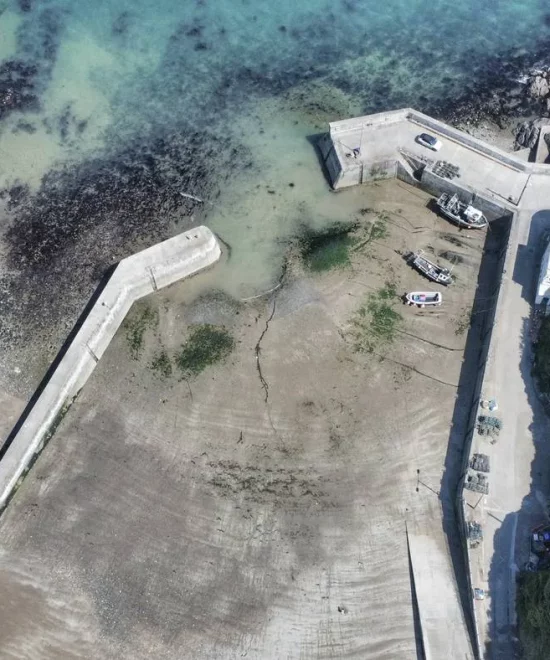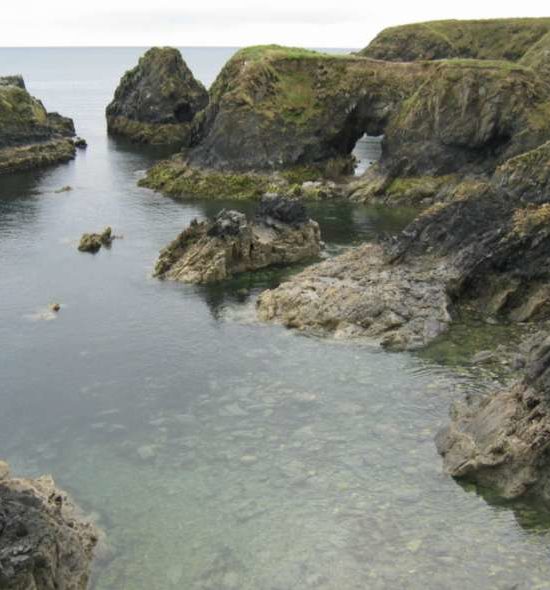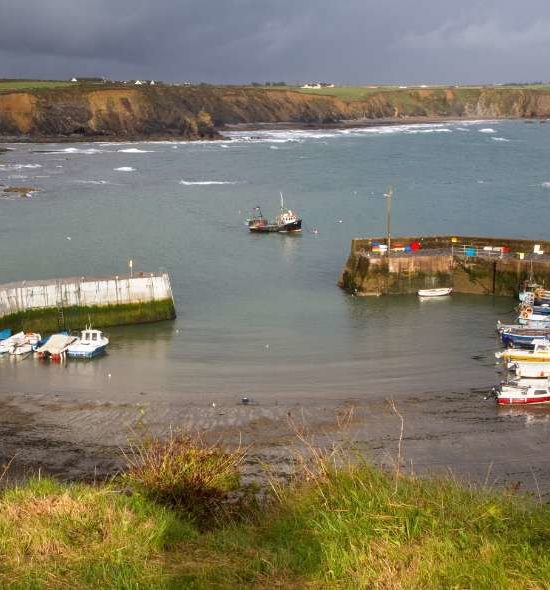Dunabrattin Head/
Boatstrand Harbour
Immerse yourself in breath taking coastal vistas and geological wonders.
Discover the rugged beauty of Dunabrattin Head and Boatstrand Harbour on the captivating Copper Coast.
Immerse yourself in breath taking coastal vistas and geological wonders.
Explore ancient rock formations and serene fishing harbours as you experience nature’s artistry at its finest along this picturesque stretch of Ireland’s coastline.
Location
Waterford | Ireland
Access
Cliff top path is not easy,
Safe access to fossiliferous rocks is limited
Boatstrand harbour is easily accessible
Area
Dunabrattin
Parking
Boatstrand harbour Yes
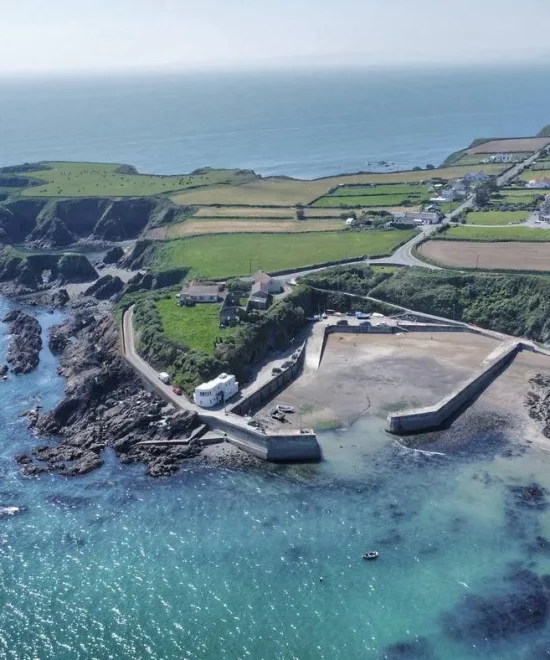
Dunabrattin Head and Boatstrand Harbour
Explore the geological wonders of this UNESCO Global Geopark, where ancient rock formations whisper tales of millennia past. Wander along winding coastal trails, breathing in the crisp sea air and marveling at the dramatic landscapes carved by time. Whether you seek tranquility amidst the harmonious blend of land and sea or crave the thrill of exploration, Dunabrattin Head and Boatstrand Harbour beckon with an irresistible allure, promising unforgettable experiences for every visitor.
COPPER COAST GEOSITES
Learn about the connected geological, historical and cultural heritage of our area.
Geological System/Age and Primary Rock Type
Main Geological or Geomorphological Interest
Site Importance
Safety and Access
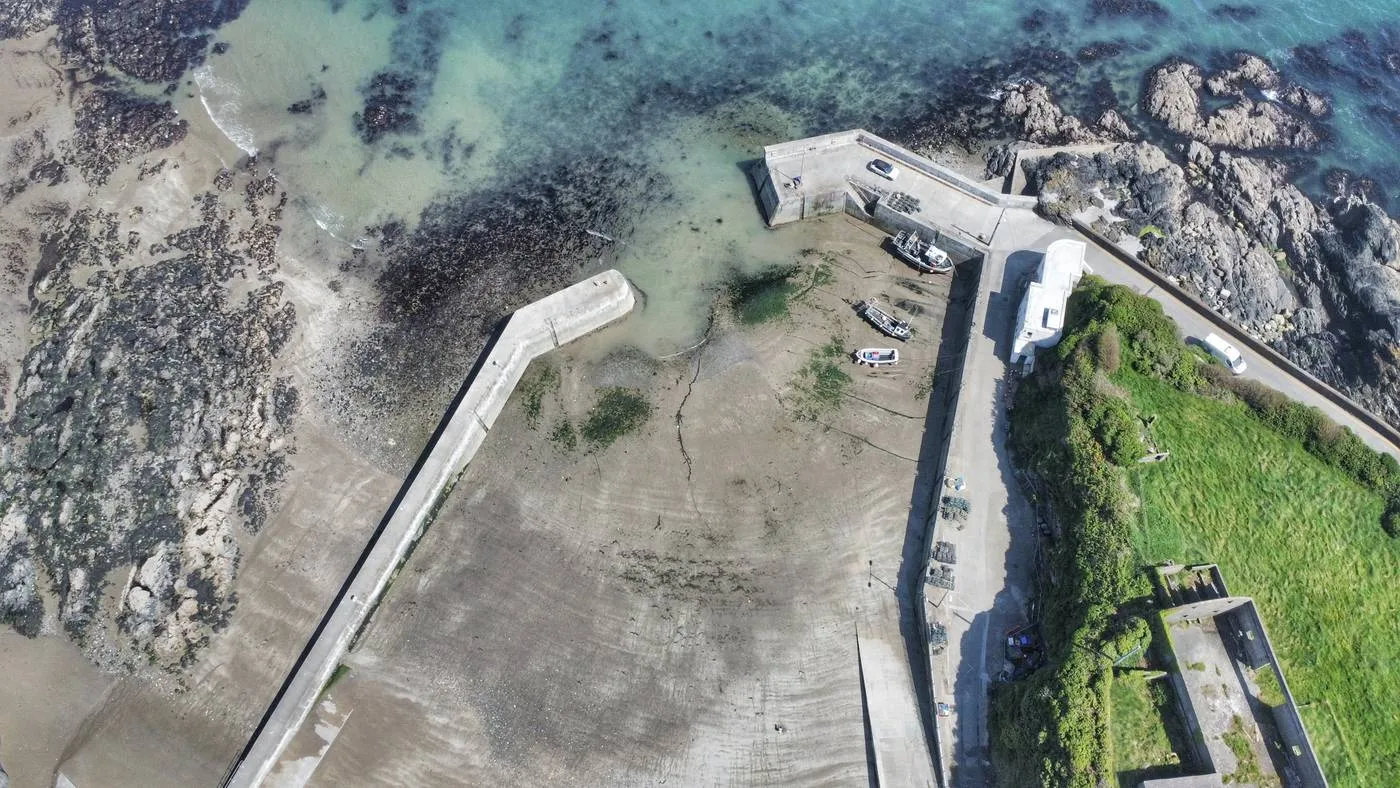
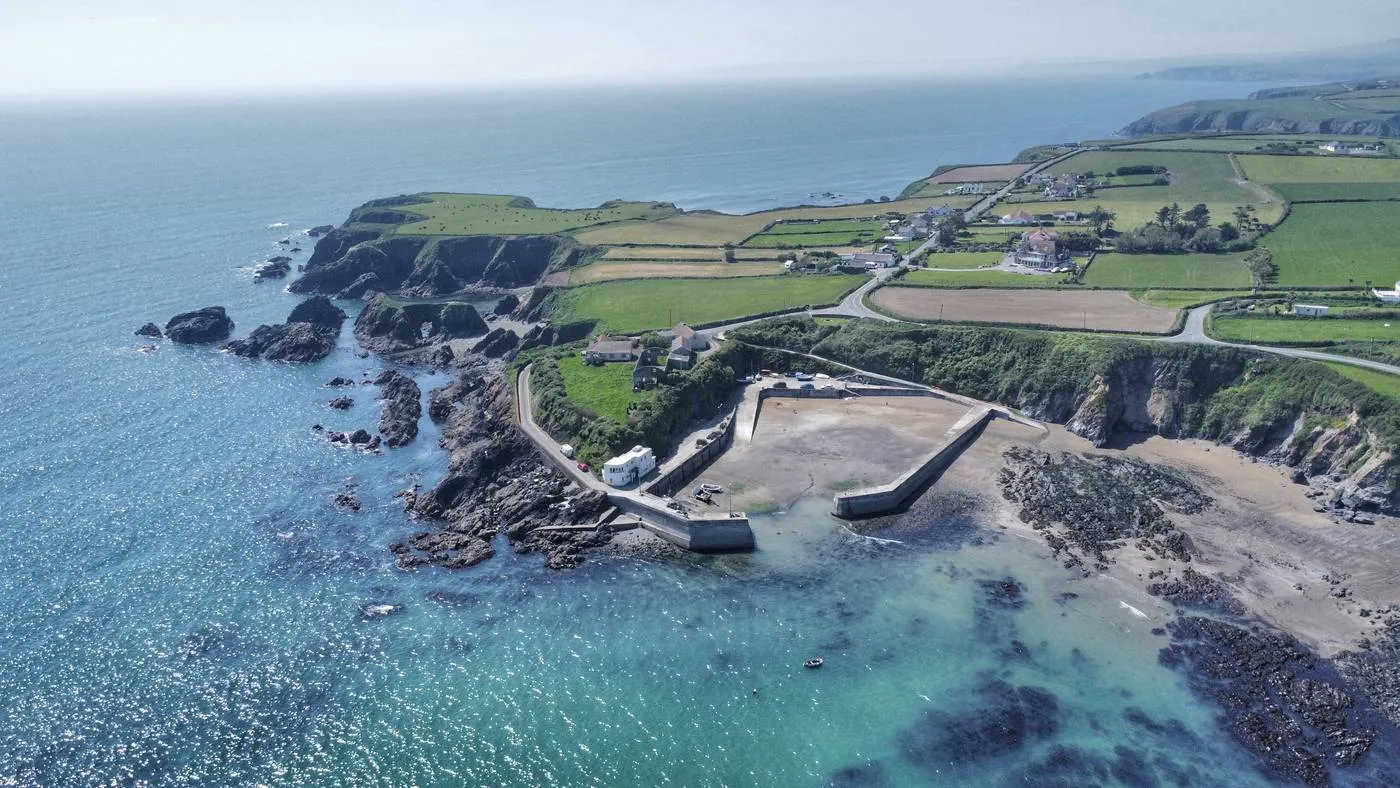

Welcome To Our Community!
Discover Our Journey Through the Gallery
Join us on an exciting journey as we capture the essence of the Copper Coast through our social media channels.
Follow our adventures as we traverse stunning landscapes and immerse ourselves in the wonders of time and nature.
